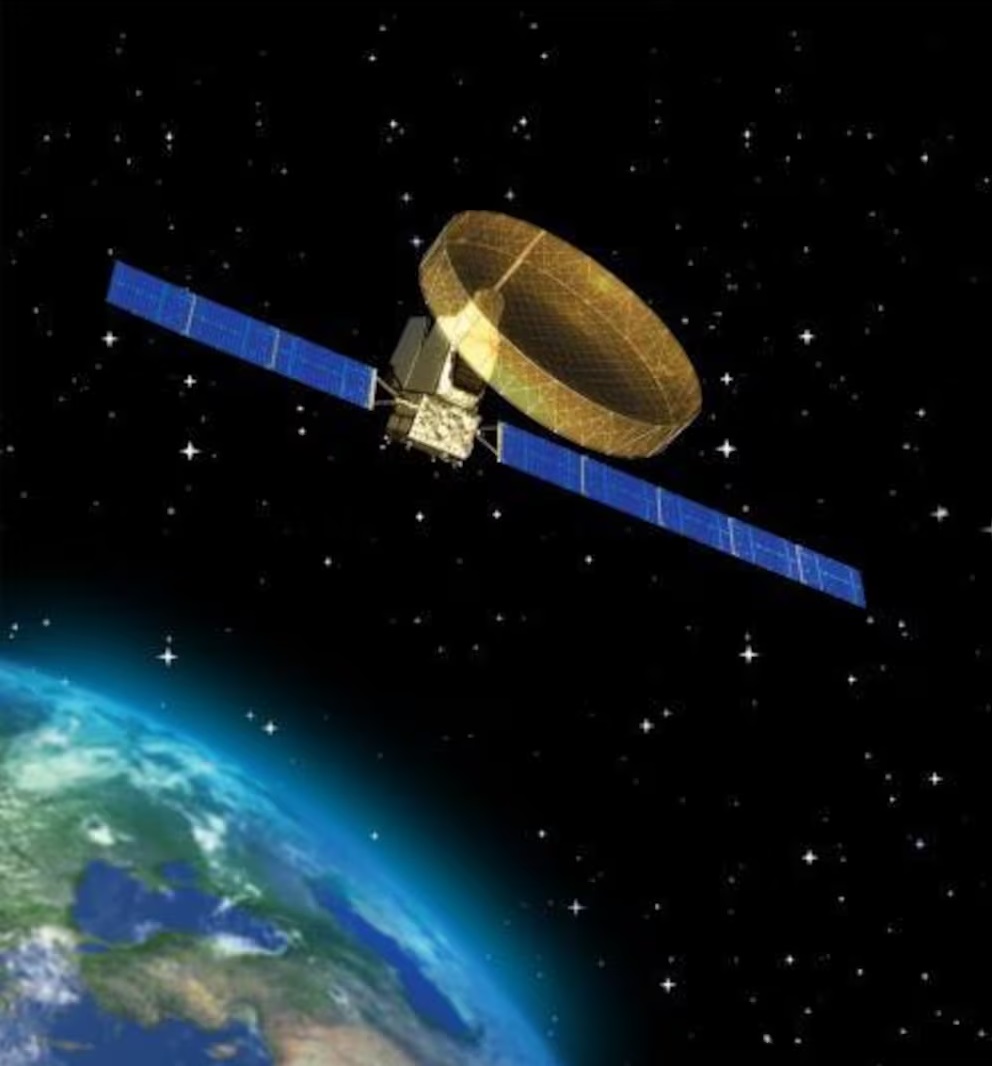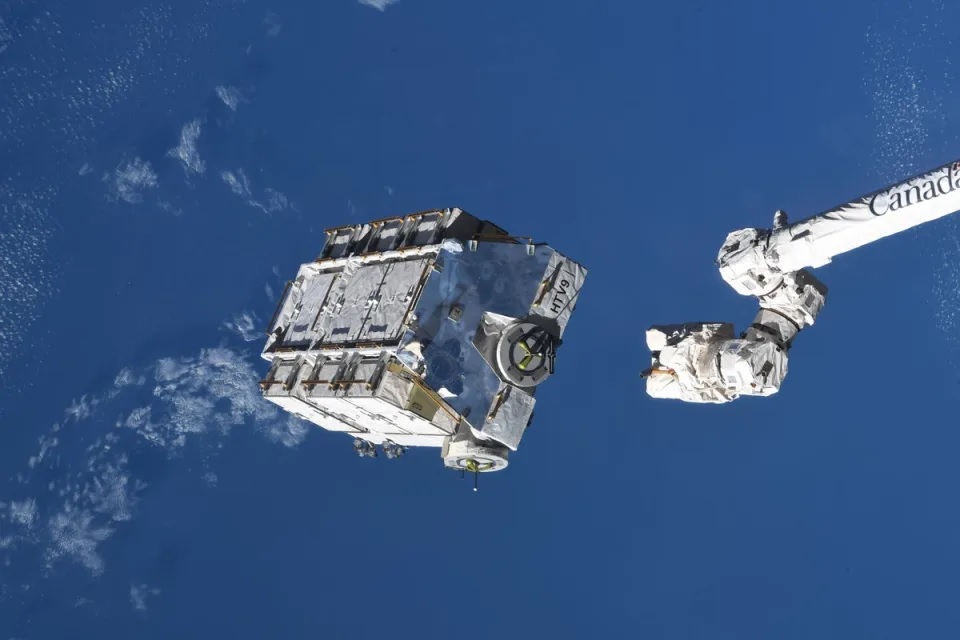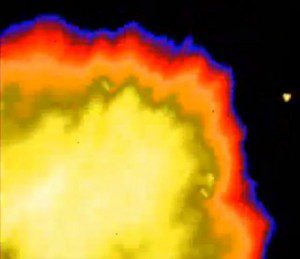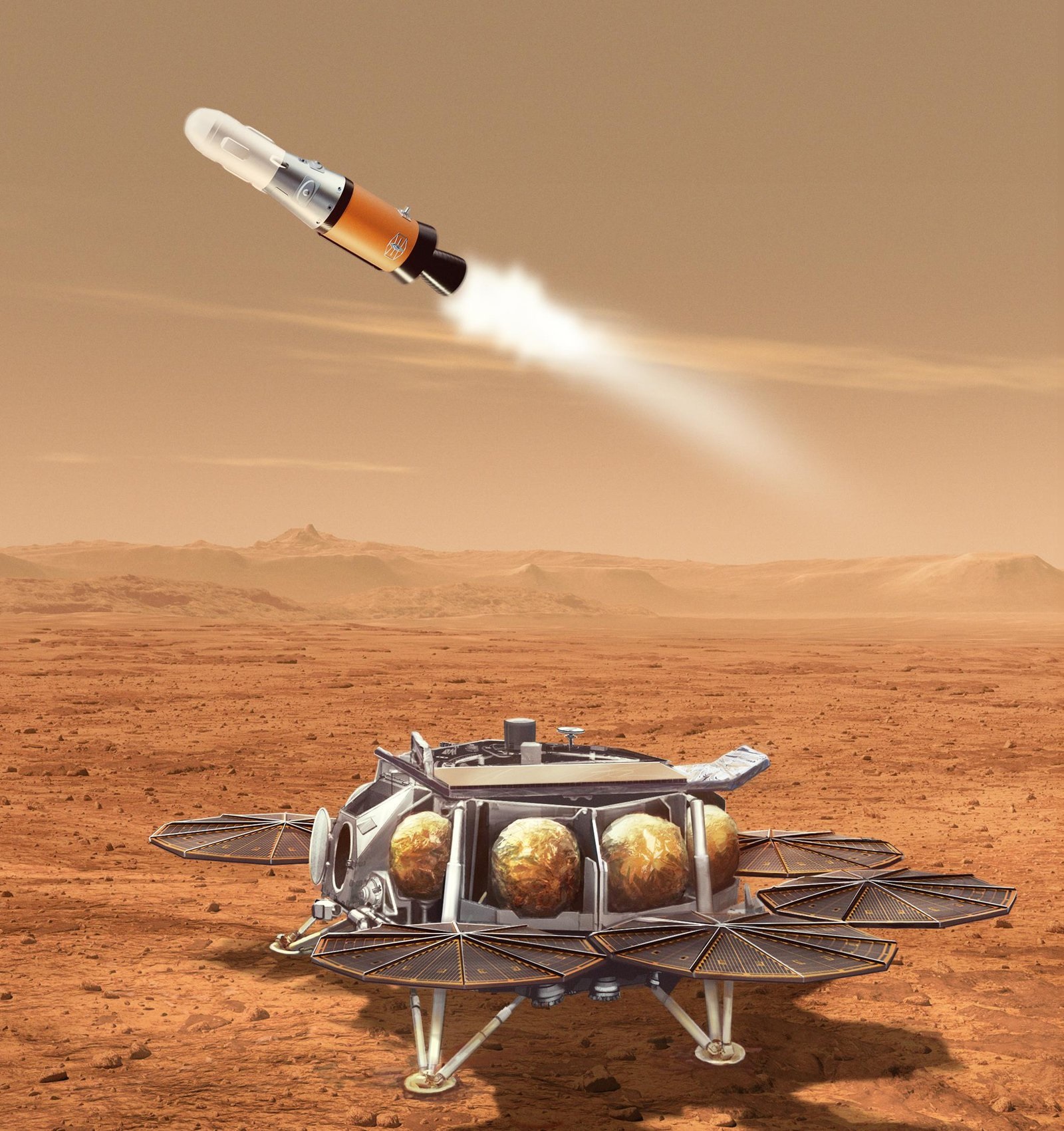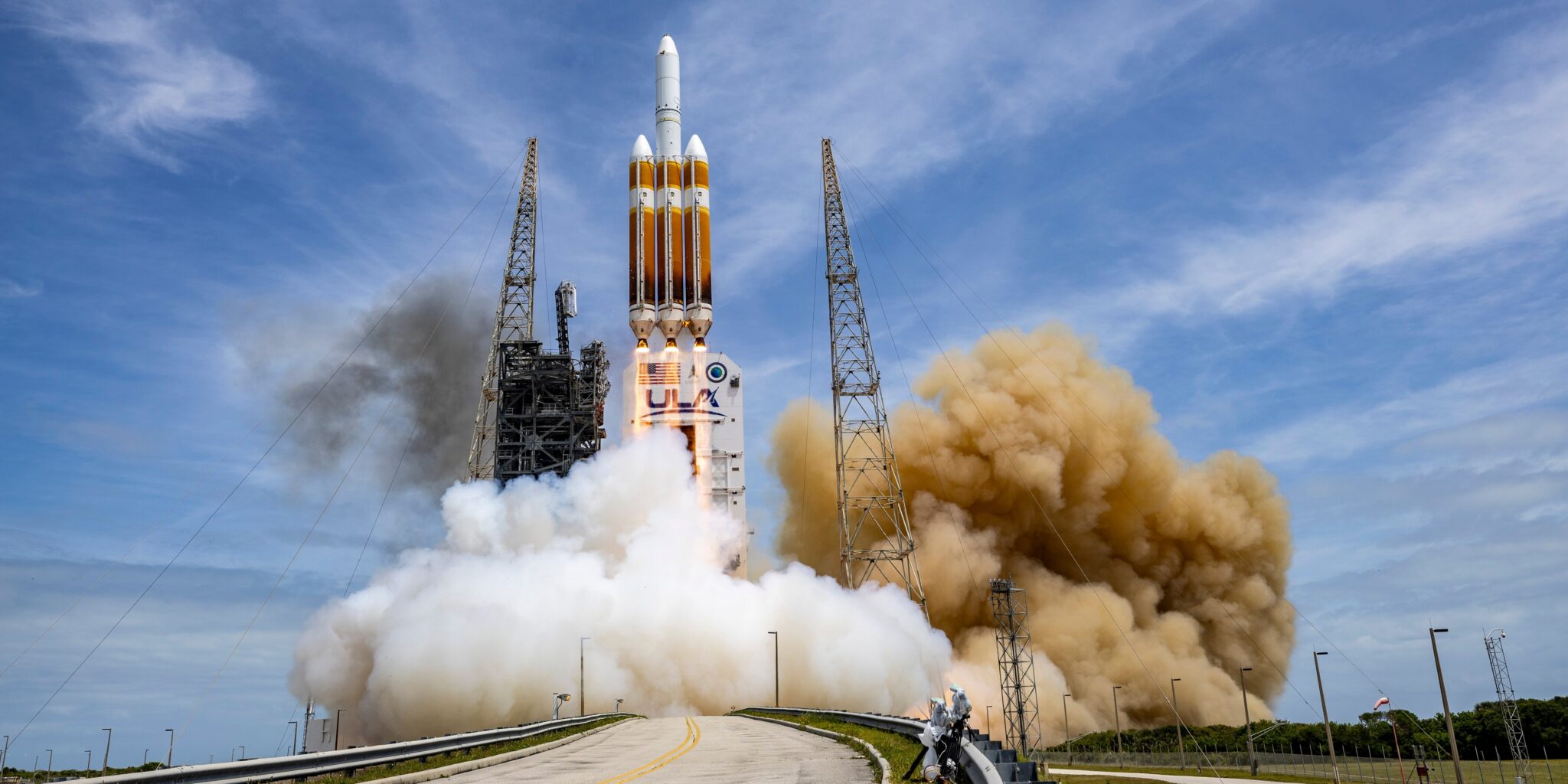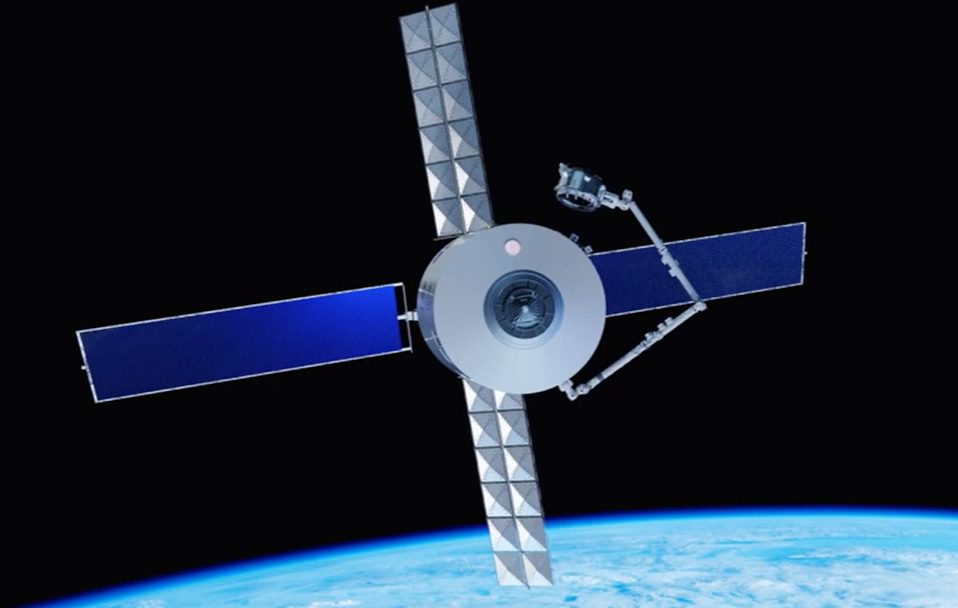A Soyuz 2-1a rocket was launched from the Baikonur Cosmodrome near Tyuratam in Kazakhstan on 1751 GMT on 9 July. The rocket was carrying the Progress MS-09 freighter carrying 2,567 kg of supplies including water, food and oxygen to the International Space Station (ISS). What was unusual about the flight was that it was a successful attempt to use the “superfast” two and a half orbit approach technique allowing a docking to take place within four hours of a launch. At 0131 on 10 July, a full docking with ISS was completed.
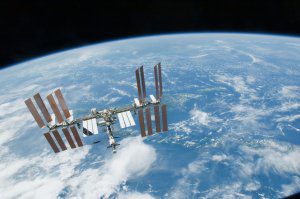
The International Space Station (ISS). Courtesy: NASA
A more complete description of the orbital raising and rendezvous process is on the nasaspaceflight.com website.
Some years ago, a “fast” six and a half our docking was perfected which considerably cut rendezvous time from the previous two day approach. However, it was not until the new tracking stations were operational at the new Vostochny launch base which allowed a quick update of a launch orbital insertion position, that this new super-fast approach technique was made possible.
Attempts at this super-fast docking on the two previous Progress missions had not worked as last second delays meant that the “perfect” orbital/ground track set up was lost, and the rendezvous and dockings had to use a slower route using a later launch time.
Other events on International Space Station
The University of Surrey/SSTL RemoveDebris spacecraft mission was deployed from the ISS Japanese Experiment Module Kibo airlock at 1135 GMT on 20 June, using the Canadarm-2/Dextre robot arm which released it into orbit. DEBRISAT 1 and 2 were also carried and are to be deployed from RemoveDebris later in the year.
At 2025 GMT on 11 July, the already docked Cygnus OA-9 (J R Thomson) made a 90s test firing of its BT-4 main engine, built by IHI Aerospace of Japan to raise itself and ISS.
CYGNUS OA-9 was unberthed and the robot arm released it from the ISS at 1327 GMT on 15 July when it then raised its orbit ready to deploy the four LEMUR 2-78 – 81 and two AEROCUBE 12A and 12B satellites.

